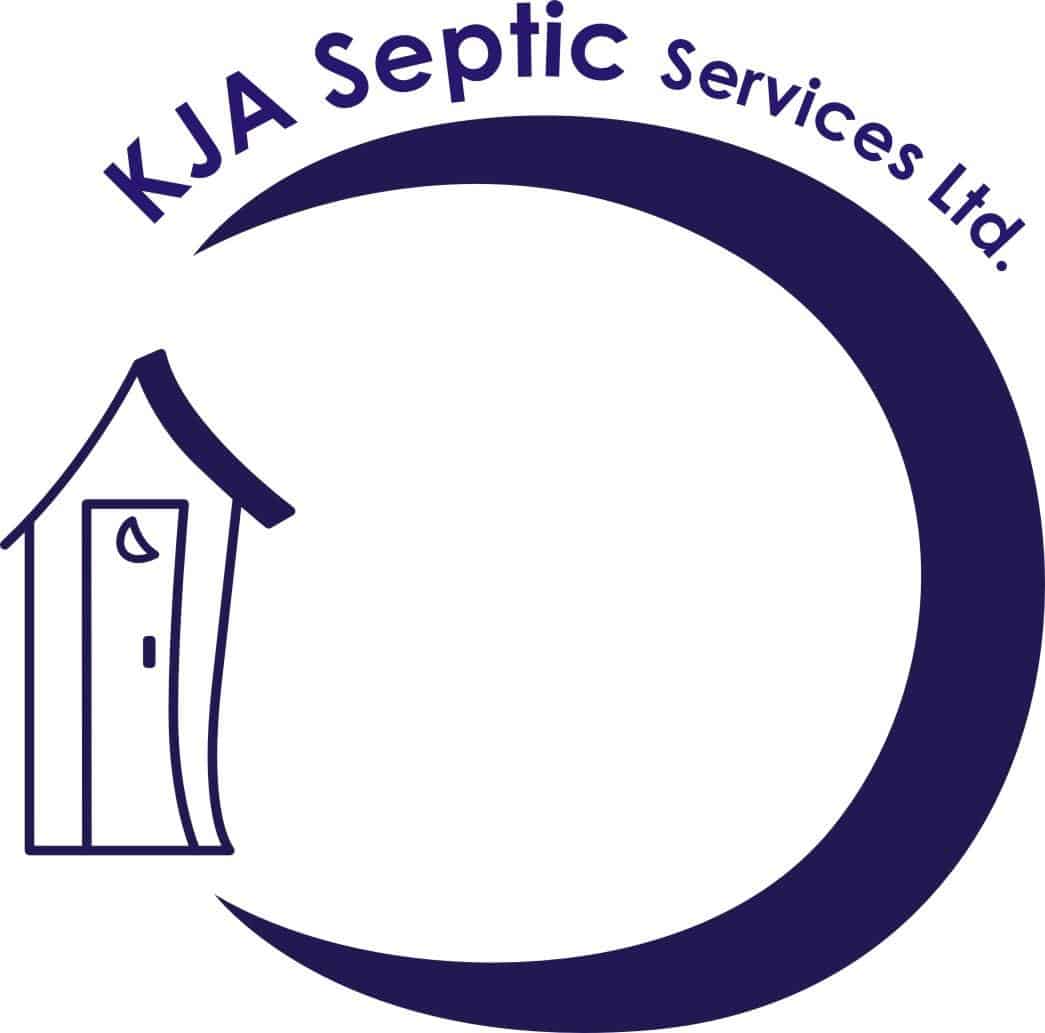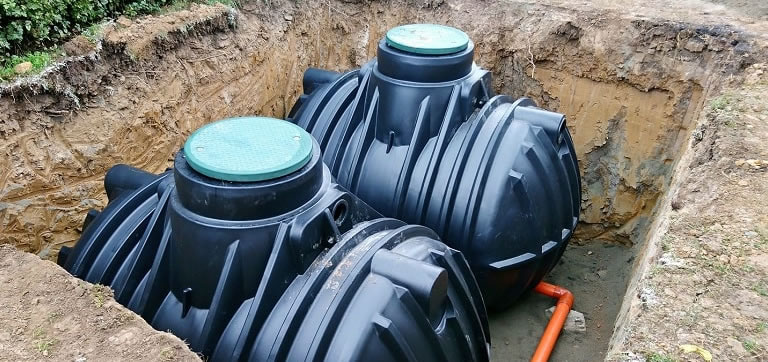New Septic Services
Septic Design And Installation
New Septic Services is a trusted provider of comprehensive septic solutions, specializing in septic design and installation. With a team of experienced professionals who prioritize quality workmanship, clients can rely on them to deliver efficient and long-lasting septic systems tailored to their unique property needs. From initial concept design to the final installation stage, New Septic Services ensures a smooth and hassle-free process for customers, guaranteeing optimal functionality and environmental sustainability. Trust New Septic Services for reliable and expert septic services that exceed expectations.
Introducing the Top Septic Services for Your Home: Septic Design & Installation
1. Expert Consultation:
When it comes to installing a new septic system, having a consultation with experienced professionals is crucial. They will assess your property, consider local regulations, and recommend the best septic design for your needs.
2. Customized Septic Design:
Each property is unique, and a tailored septic design is essential for optimal performance. From tank size to drainfield layout, the experts will create a system that suits your property size, soil conditions, and wastewater output.
3. Professional Installation:
Leave the heavy lifting to the experts! A professional septic installation team will ensure that every component of your new system is installed correctly and efficiently. This includes tanks, pipes, distribution boxes, and more.
4. Quality Materials:
Using high-quality materials is key to the longevity and effectiveness of your septic system. Trust the professionals to source durable tanks, pipes, and other components that meet industry standards and ensure reliable performance for years to come.
5. Regulatory Compliance:
Navigating local regulations and obtaining necessary permits can be daunting. With a reputable septic service provider, you can rest assured that your new system will meet all legal requirements and environmental standards.
6. Ongoing Support:
Even after installation, your septic system may require maintenance and occasional repairs. Choose a provider that offers ongoing support services, such as inspections, pumping, and troubleshooting, to keep your system running smoothly.
7. Value for Money:
Investing in top-notch septic design and installation services may seem like a significant upfront cost, but it will save you money in the long run. A well-designed and properly installed septic system will minimize the risk of costly repairs and environmental damage.
In conclusion, when it comes to new septic services like design and installation, entrust the job to professionals who provide expert consultation, customized design, quality materials, compliance with regulations, ongoing support, and overall value for money. Remember, a well-designed and properly installed septic system is a crucial investment in the long-term health and functionality of your property.
How To Guide: New Septic Services – Septic Design & Installation
For property owners looking to install a new septic system, proper design and installation are crucial for efficient and long-lasting wastewater management. Here is a step-by-step guide to help you through the process:
Step 1: Assessment and Permits
- Begin by assessing your property to determine the best location for the septic system, taking into account soil conditions, water table levels, and local regulations.
- Obtain the necessary permits from your local health department or environmental agency before proceeding with any design or installation work.
Step 2: Septic Design
- Hire a professional septic designer to create a custom septic system plan based on your property’s specific needs and regulations.
- The design should include the size and type of system, tank location, drain field layout, and other relevant details.
Step 3: System Selection
- Work with your septic designer to select the right type of septic system for your property, such as conventional gravity systems, mound systems, or advanced treatment units.
- Consider factors like property size, soil type, water table depth, and local regulations when choosing the system.
Step 4: Installation
- Hire a licensed septic contractor to install the new septic system according to the approved design and local regulations.
- The installation process typically involves excavating the site, placing the tank and distribution pipes, and backfilling with soil.
Step 5: Inspection and Testing
- After installation, the septic system must be inspected and tested to ensure proper functionality and compliance with regulations.
- Testing may include water flow and dye tests to check for leaks or blockages in the system.
Step 6: Maintenance and Care
- Regular maintenance is essential to keep your new septic system running smoothly. Follow recommended pumping schedules, avoid flushing harmful chemicals or non-biodegradable items, and monitor for any signs of issues such as slow drainage or odors.
- Educate yourself on proper septic system care to prolong its lifespan and prevent costly repairs.
By following these steps and working with experienced professionals, you can ensure a successful new septic system installation that meets your property’s needs and complies with all regulations. Proper design and installation are key to maintaining a functional and efficient septic system for years to come.
Frequently Asked Questions About New Septic Services: Septic Design & Installation
Q: What is septic system design and why is it important for installation?
A: Septic design is a crucial step in the installation process where professionals plan the layout and specifications of the septic system based on the property’s needs and local regulations. It ensures a properly functioning and efficient system.
Q: How long does it take to complete the septic design process?
A: The timeline for septic design can vary depending on the complexity of the project, site conditions, and local permitting requirements. On average, it may take a few weeks to a couple of months to complete the design phase.
Q: What factors are considered during the septic system design?
A: Factors such as property size, soil characteristics, water table levels, local regulations, building codes, and the number of occupants in the property are considered during the septic design process to ensure a system that meets specific needs.
Q: How is a septic system installed after the design phase is completed?
A: Once the septic system design is finalized and approved, the installation process begins. This involves excavating the area, installing the tank, leach field, and other necessary components according to the design specifications.
Q: How long does it take to install a new septic system from start to finish?
A: The timeline for septic system installation can vary depending on the size of the project, site conditions, weather, and regulatory approvals. On average, it may take several days to a few weeks to complete the installation process.
Q: Do I need to obtain permits for septic system design and installation?
A: Yes, obtaining permits for septic system design and installation is usually required by local health departments or environmental agencies to ensure compliance with regulations and to protect public health and the environment.
Q: What maintenance is required for a newly installed septic system?
A: Regular maintenance such as periodic inspections, pumping the tank when necessary, avoiding flushing non-biodegradable items, and using septic-safe products are essential for the proper functioning and longevity of a new septic system.
In conclusion, proper septic system design and installation are critical for ensuring a functional and efficient waste management system for residential and commercial properties. By following local regulations, obtaining permits, and performing regular maintenance, property owners can enjoy the benefits of a well-designed and installed septic system.
New Septic Services is a leading provider of top-quality septic system solutions that cater to both residential and commercial properties. With a team of skilled professionals and state-of-the-art equipment, they offer a wide range of services including Septic System pumping, inspections, installations, repairs, and maintenance. Customers can rely on New Septic Services for prompt and efficient service, ensuring their septic systems operate smoothly and efficiently. Whether it’s routine maintenance or emergency repairs, New Septic Services is committed to delivering exceptional results and customer satisfaction.
Certainly! Here’s a FAQ about New Septic Services:
Question |
Answer |
| What are New Septic Services? | New Septic Services refer to professional services involving the installation, maintenance, repair, and pumping of septic systems for residential and commercial properties. |
| Why should I invest in these services? | Investing in New Septic Services ensures the proper functioning of your septic system, preventing costly repairs, environmental damage, and health hazards. |
| How often should I pump my Septic System? | It is recommended to pump your Septic System every 3-5 years, depending on the size of your household and usage to avoid clogs and backups. |
| How can I tell if my septic system needs repair? | Signs of a failing septic system include slow drainage, foul odors, pooling water in the yard, and sewage backups in the drains. Prompt action is essential to prevent further damage. |
| Are there any eco-friendly options available for septic services? | Yes, some companies offer environmentally friendly septic products and practices, such as natural enzyme treatments and sustainable maintenance methods. |
| What should I do if I suspect a septic system issue? | If you suspect a problem with your septic system, contact a professional septic service provider immediately to schedule an inspection and necessary repairs. |
| How can I maintain my septic system in between professional services? | Regularly monitor water usage, avoid flushing harmful chemicals or non-biodegradable items, and be mindful of the landscaping around the septic system to prevent damage. |
| What qualifications should I look for in a New Septic Service provider? | Look for licensed and insured professionals with experience in septic system installation and maintenance, positive customer reviews, and a reputation for reliability and efficiency. |
These FAQs aim to address common questions regarding New Septic Services and provide valuable information for property owners considering or currently utilizing septic systems.
How To Guide: New Septic Services
When it comes to upgrading or installing a new septic system, it’s important to follow a few key steps to ensure the process goes smoothly and efficiently. Here’s a handy guide to help you navigate through the process of acquiring new septic services:
Step 1: Assess Your Needs
Before getting started, assess your current septic system needs. Determine whether you need a replacement, expansion, or an entirely new installation. Consider factors like the size of your property, the number of occupants, and local regulations.
Step 2: Research Local Regulations
Ensure that you are familiar with the local regulations and requirements for septic system installations in your area. Familiarize yourself with setback requirements, permits, and any environmental regulations that may apply.
Step 3: Find a Reputable Contractor
Look for a reputable septic system contractor with experience in installing new systems. Ask for recommendations from friends or family, read reviews online, and request quotes from multiple contractors to compare prices and services. Ensure the contractor is licensed and insured.
Step 4: Design the New System
Work with your chosen contractor to design a septic system that meets your specific needs and complies with local regulations. Consider factors such as soil type, water table levels, and system size when designing your new septic system.
Step 5: Obtain Necessary Permits
Before beginning installation, make sure you have obtained all the necessary permits and approvals from local authorities. This may include building permits, zoning permits, and health department approvals.
Step 6: Installation Process
Once all the necessary preparations are completed, the installation process can begin. The contractor will excavate the land, install the septic system, leach field, and associated plumbing. Ensure that the installation process is carried out according to the approved design plans.
Step 7: Inspection and Approval
After the installation is complete, schedule a final inspection with the local health department or relevant authority to ensure that the new septic system meets all requirements and regulations. Once the system passes inspection, you will receive approval to begin using your new septic system.
By following these steps and working closely with experienced professionals, you can ensure a successful and hassle-free process when acquiring new septic services. A well-designed and properly installed septic system will provide reliable and efficient wastewater treatment for many years to come.



